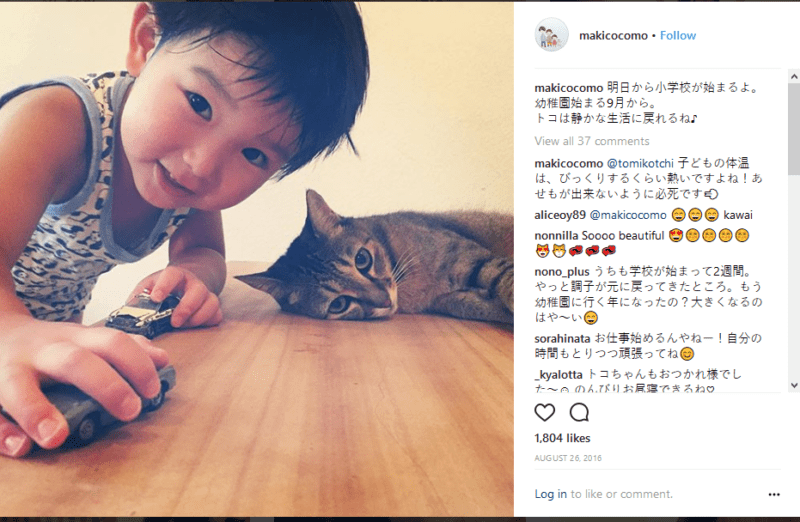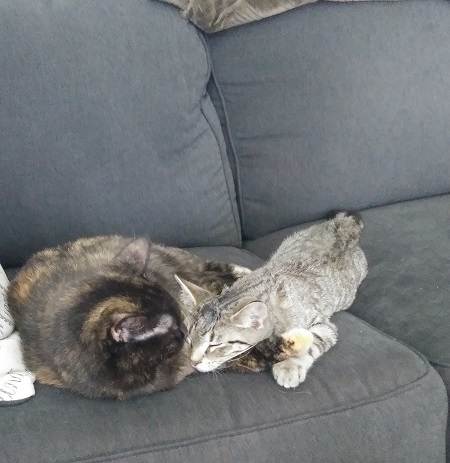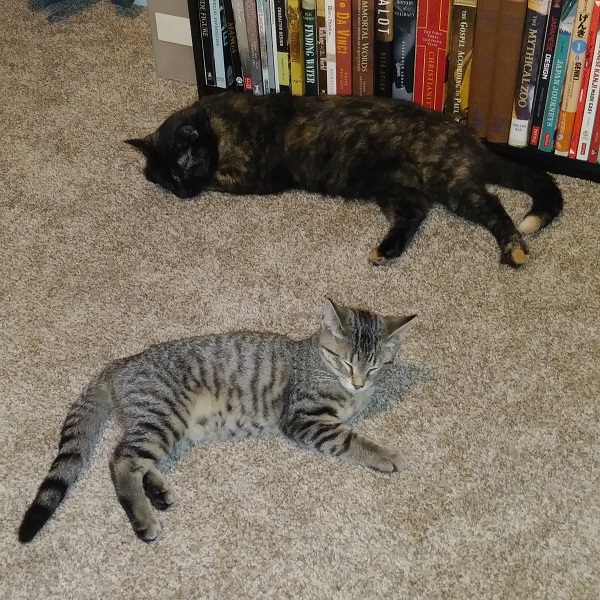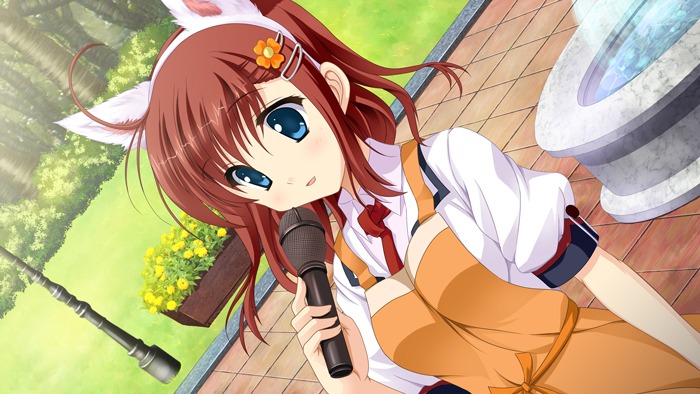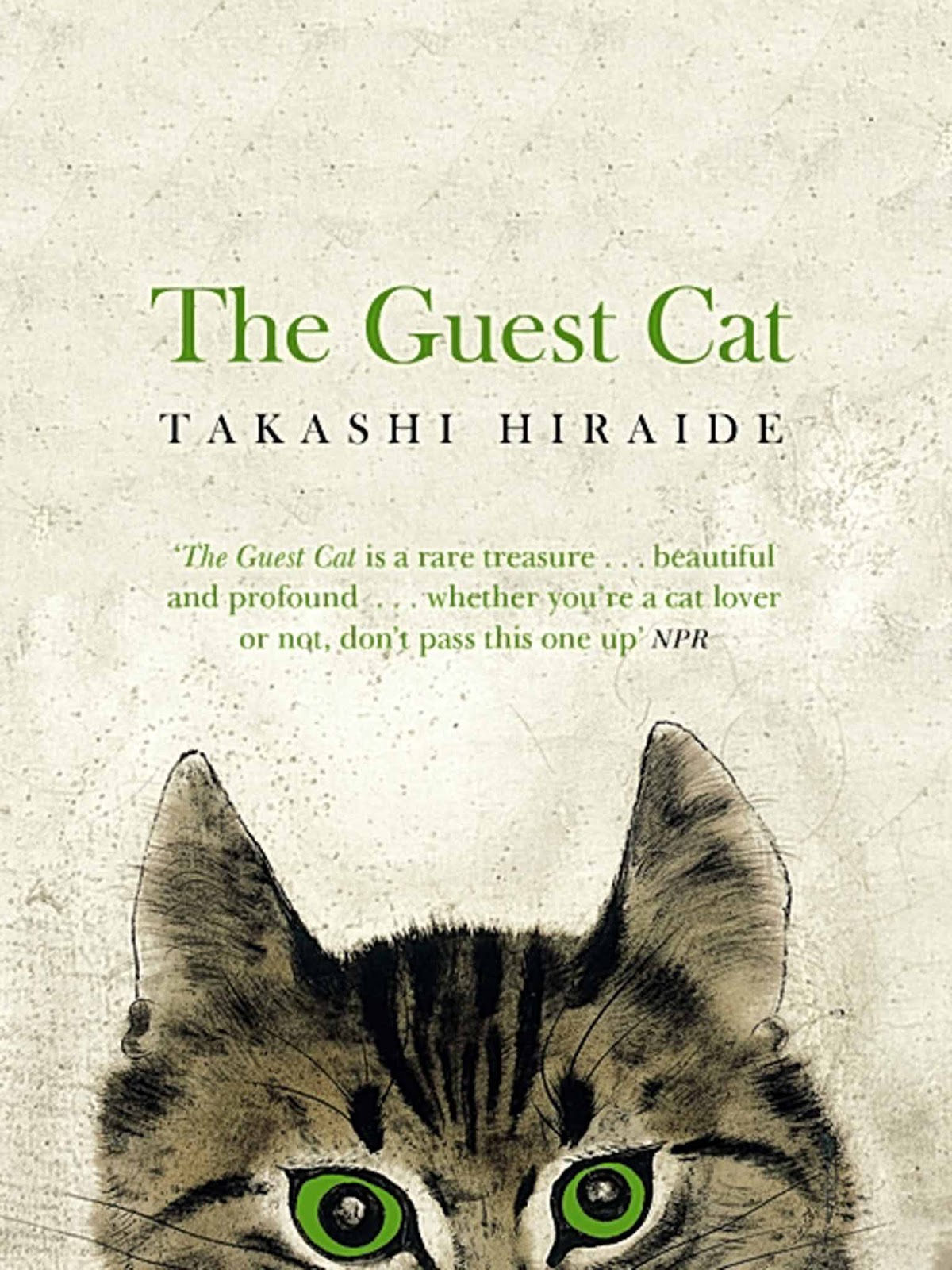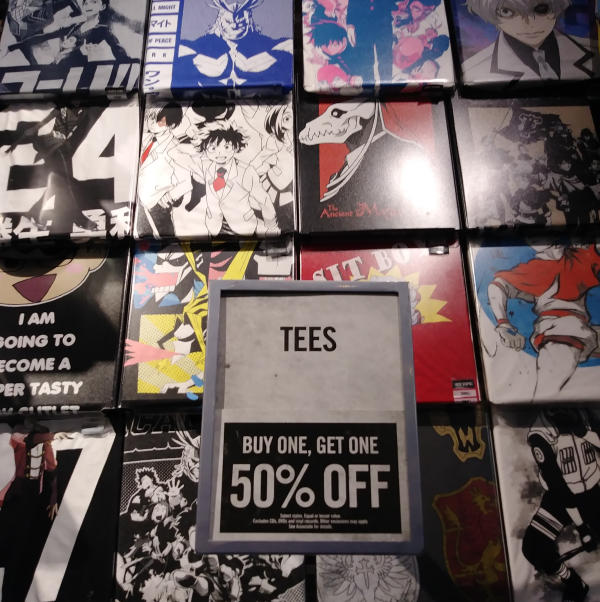The Angry Cat isn’t the only famous cat on the Internet. Cats have overtaken dogs as the most popular pet in Japan within the last few years (Yamamura, 2016). Each year, Yokohama features Neko-Break, an exhibition of cat-themed photography and merchandise. As Japan often does, there’s a market for cat-otaku. Otaku, in the Japanese sense of the word, involves any extreme interest. Otaku can be interested in model trains, cats, dogs, and, of course, anime. Shops and exhibitions cater to every otaku interest.
While Neko-Break appears only in December, some bookstores cater (cat-er?) to cat-fandom all year long. The Anekawa Bookstore, for example, came close to going out of business before the cat-fandom saved it. The owner’s daughter suggested selling cat photo books and other types of cat books. The books’ popularity saved the store and pushed it to sell only cat books with over 2,000 books and cat albums available (Kawaii International, 2018). Of course, you can also get more specific. The photo book, Neko no Otete, focuses on cat paws for those who find paws the cutest part of the cat.
For many, cats rank up with J-pop idols. Maru, a fat Scottish fold, has 583,000 YouTube subscribers and videos sporting up to 23 million views. Now, I’ve always owned cats. One was smart enough to twist door handles to let himself in and out of rooms. Maru doesn’t do anything different from other cats, but cat lovers can’t get enough. A video featuring a pair of cats named Bururu and Beruru saw as many as 1 million views in a single week (Kawaii International, 2018). Cat photos appear across Instagram and other social media. Midorinotanbo focuses on a pair of kitties, and has over 45,000 followers. Makicocomo has a book and 24,000 followers on Instagram.
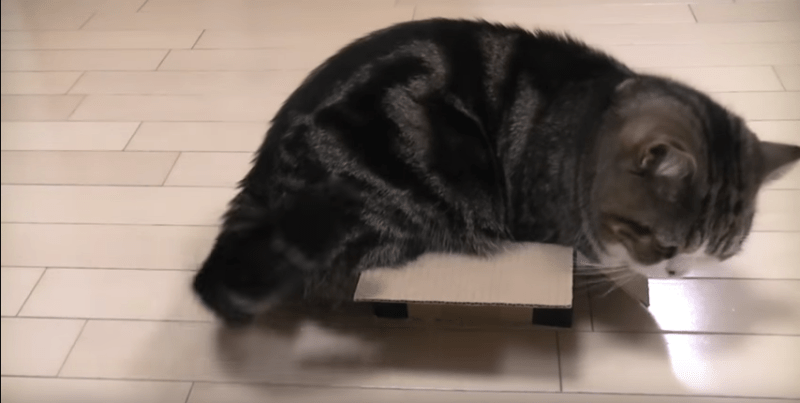
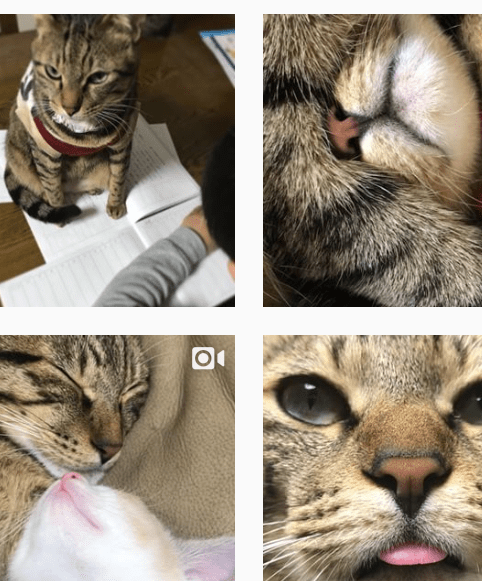


Japan doesn’t love pets more than other cultures. In the United States, Americans spent $66.75 billion on pets in 2016. Cats edge out at 94.2 million owned by Americans, against 89.7 million dogs, but more families own dogs than cats (APPA, 2017). Many cat owners own more than one cat. In Japan, pet cats numbered about 9.5 million.
While Japan’s population is less than the US, the number of cats owned as a ratio of the population differs significantly: 0.29 vs. 0.08. The US is far more cat crazy than Japan. We have chain markets dedicated to pets, but we lack the focused stores like Japan does. Japan still has many small mom-and-pop shops that allows for such focus, unlike the US which has large corporations dominating the markets.
Many Japanese women prefer pets over children (Evans & Buerk, 2012). Japan’s population has slid for quite some time despite the government’s efforts to encourage dating, marriage, and children. Some of this problem comes from how society still expects women to give up their careers to raise children. Pets fill a need to nurture and the need for company without imposing on careers, goals, and lifestyle as children and spouses do. Pets, cats in our case, provide entertainment and a form of escapism. As with any otaku interest, cat-loving provides a community of like-minded people that encourages the hobby. For example, the Neko-Break exhibition allows people to meet and discuss how much they love the cat photos. The social aspect of the various otaku subcultures that exists provides connection and a sense of identity that people often lack. The shared interest allows people to form friendships easier by provided an obviously shared interest. It smooths the often awkward meeting process.
Some fear some AI that will rise up on the Internet and take over. If some AI developed on the Internet, the only creatures who will have to fear it are cats. Not because the AI would have something against them, but because this Skynet would love cats. It would use Roombas and other vacuums to try to snuggle up to them (woe to those cats who fear such mechanisms!). It would use Google Home and Alexa to call them. “Here, Kitty. Kitty.” The AI would snap photos of them from webcams and security cams. Of course, in retaliation cats would bat the Google Homes and Alexas to the floor or overload this Skynet with their cuteness. Or, perhaps, in line with cat’s passive-aggressive tendencies, these cats would find some way to blackmail dogs using this Skynet. All the while, cat-otaku would be watching the antics on Instagram and Youtube and reading about the great battle in the cat-bookstores.
Speaking of cats, here are my little rulers: Midna, the 4-year-old tortie (I’m a big Zelda fan as you can tell), and Shikamaru, the 16-week-old tiger-stripe:
References
APPA [American Pet Products Association] (2017) Pet Industry Market Size & Ownership Statistics. http://www.americanpetproducts.org/press_industrytrends.asp
Evans, Ruth & Buerk, Roland (2012) Why Japan prefers pets to parenthood. The Guardian. https://www.theguardian.com/lifeandstyle/2012/jun/08/why-japan-prefers-pets-to-parenthood
Yamamura, Midori (2016). In Japan, cats are all the rage–ad dogs’ expense. Chicago Tribune. http://www.chicagotribune.com/news/nationworld/ct-japan-cats-20160124-story.html
Kawaii International (2018). Cat’s Take Over Japan! Eps 79. Japan Broadcasting International.
